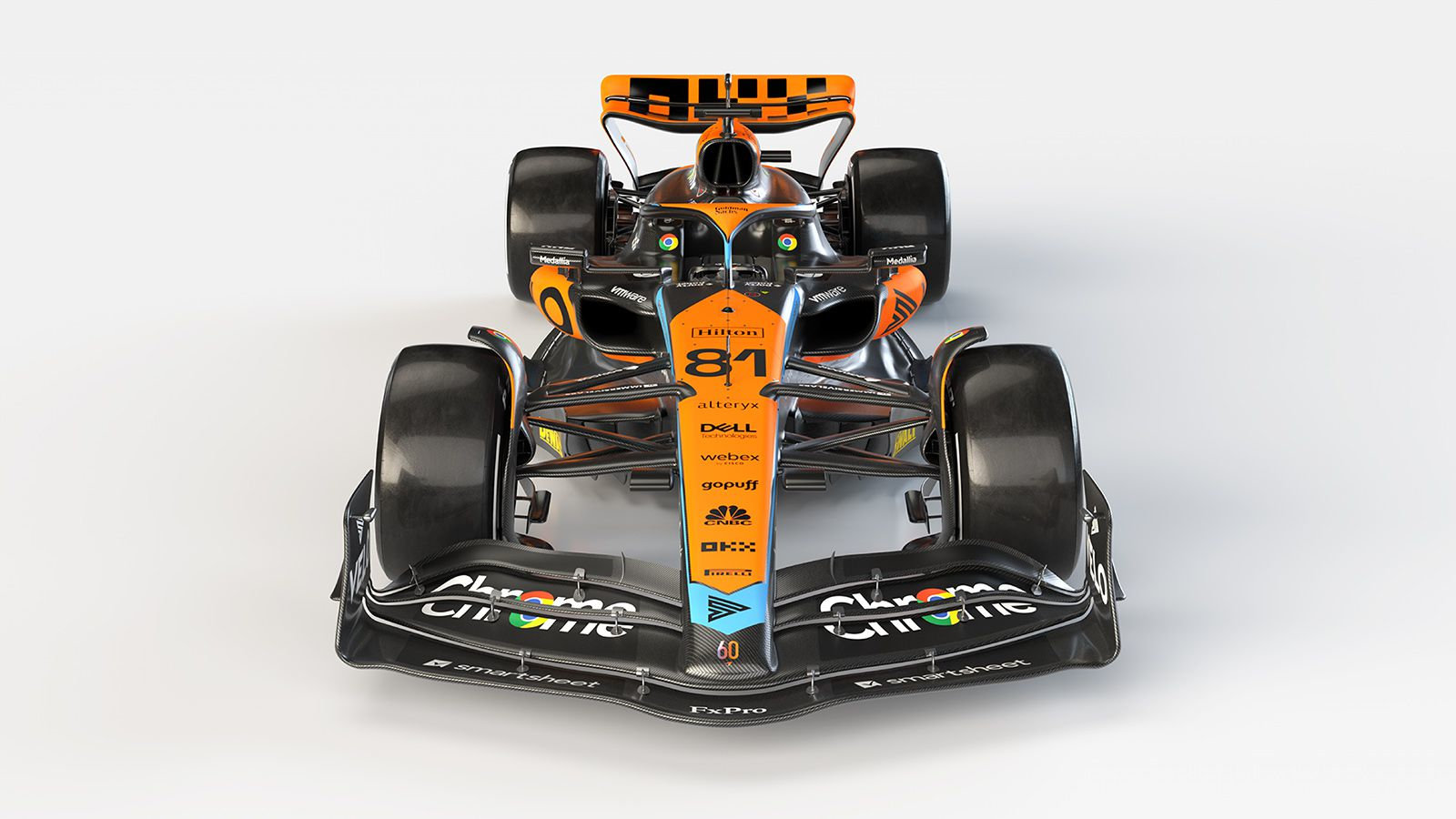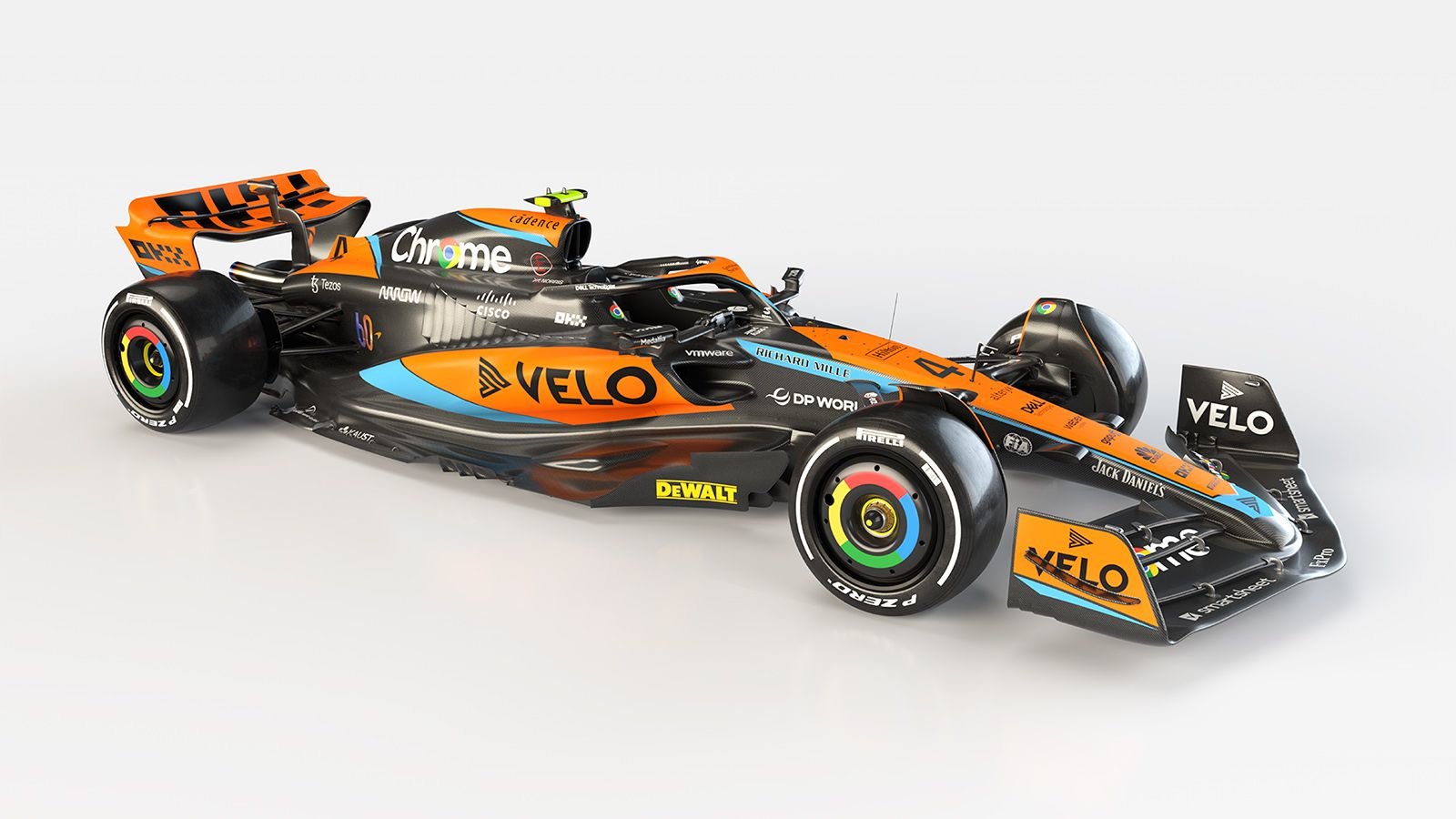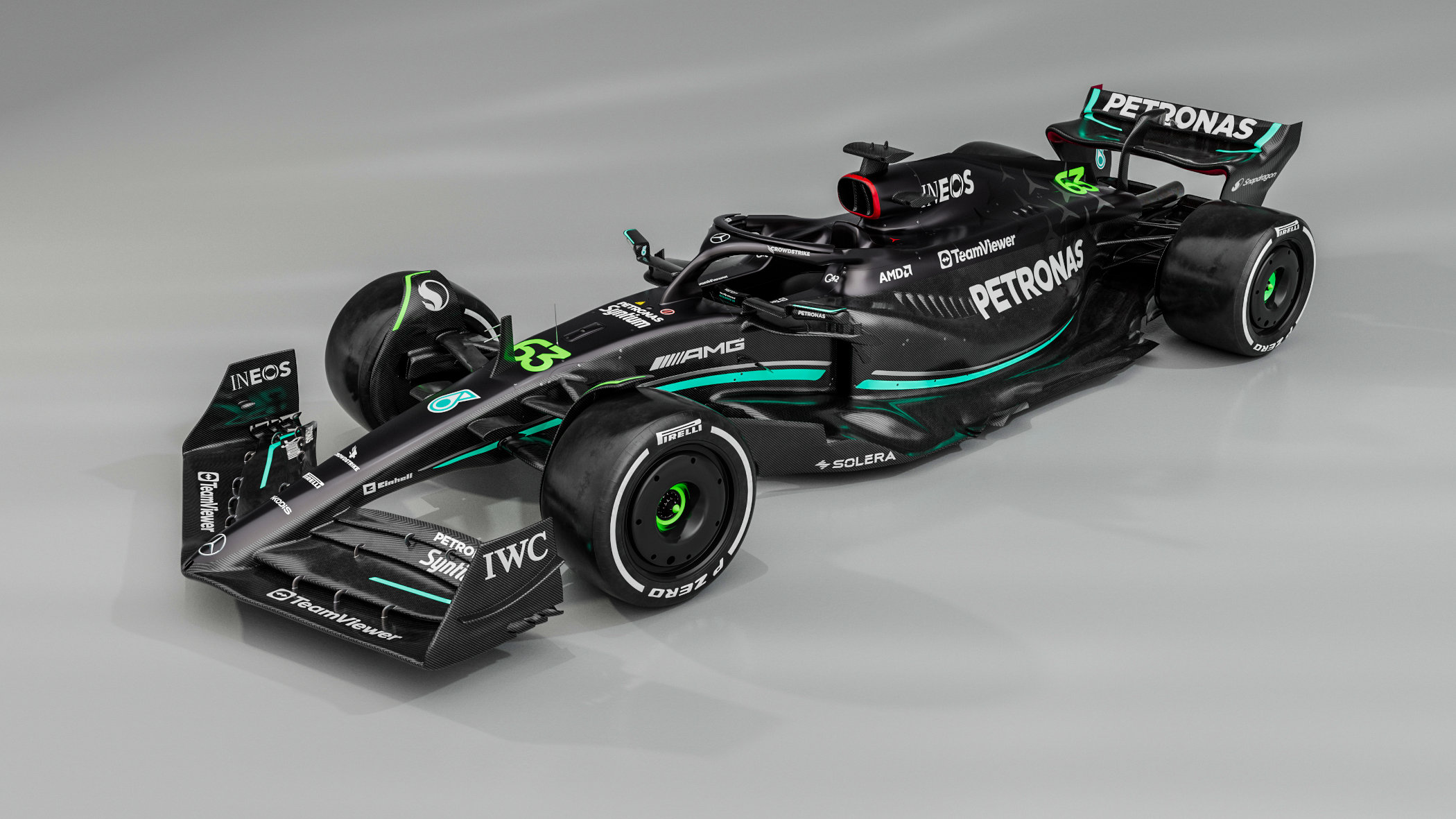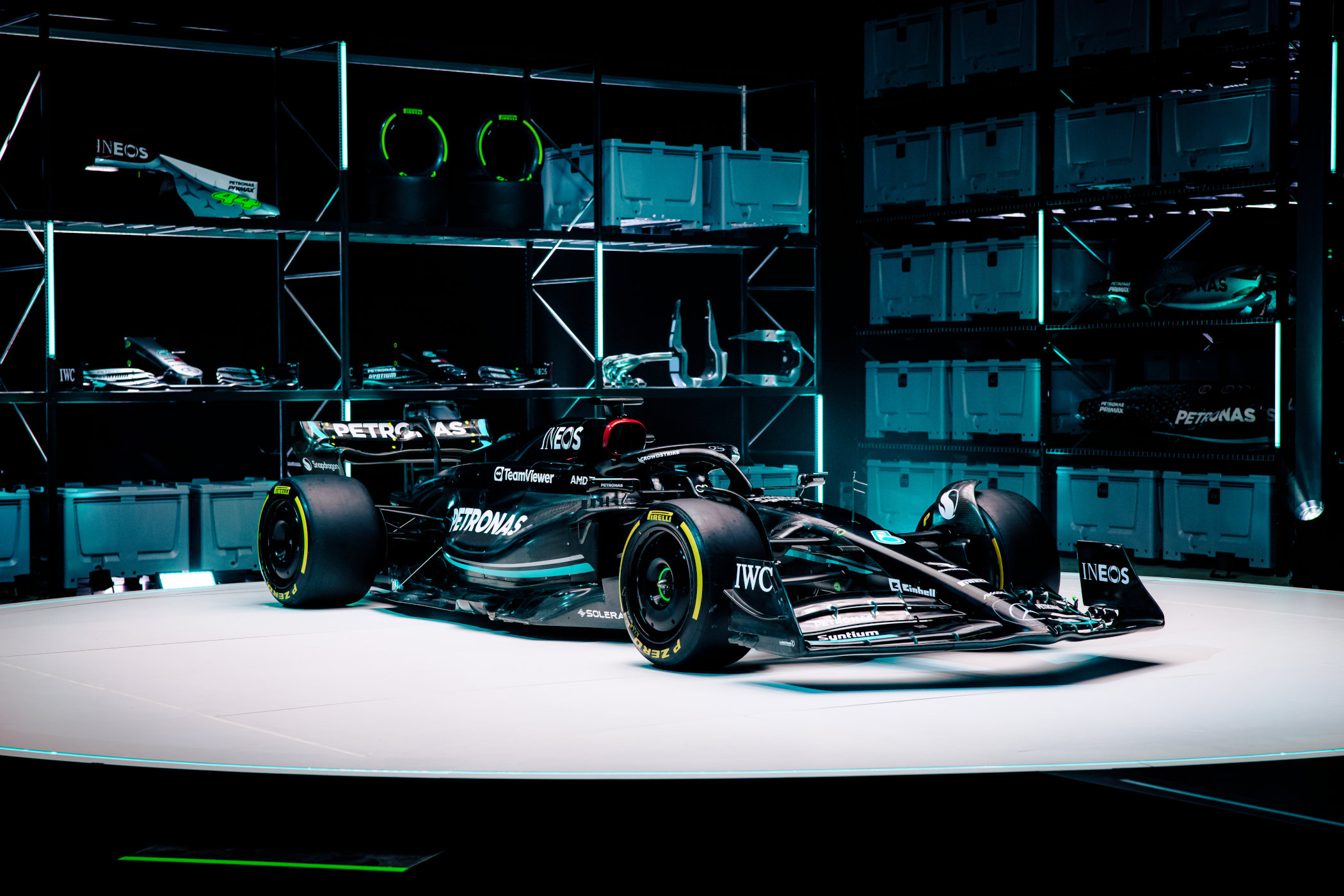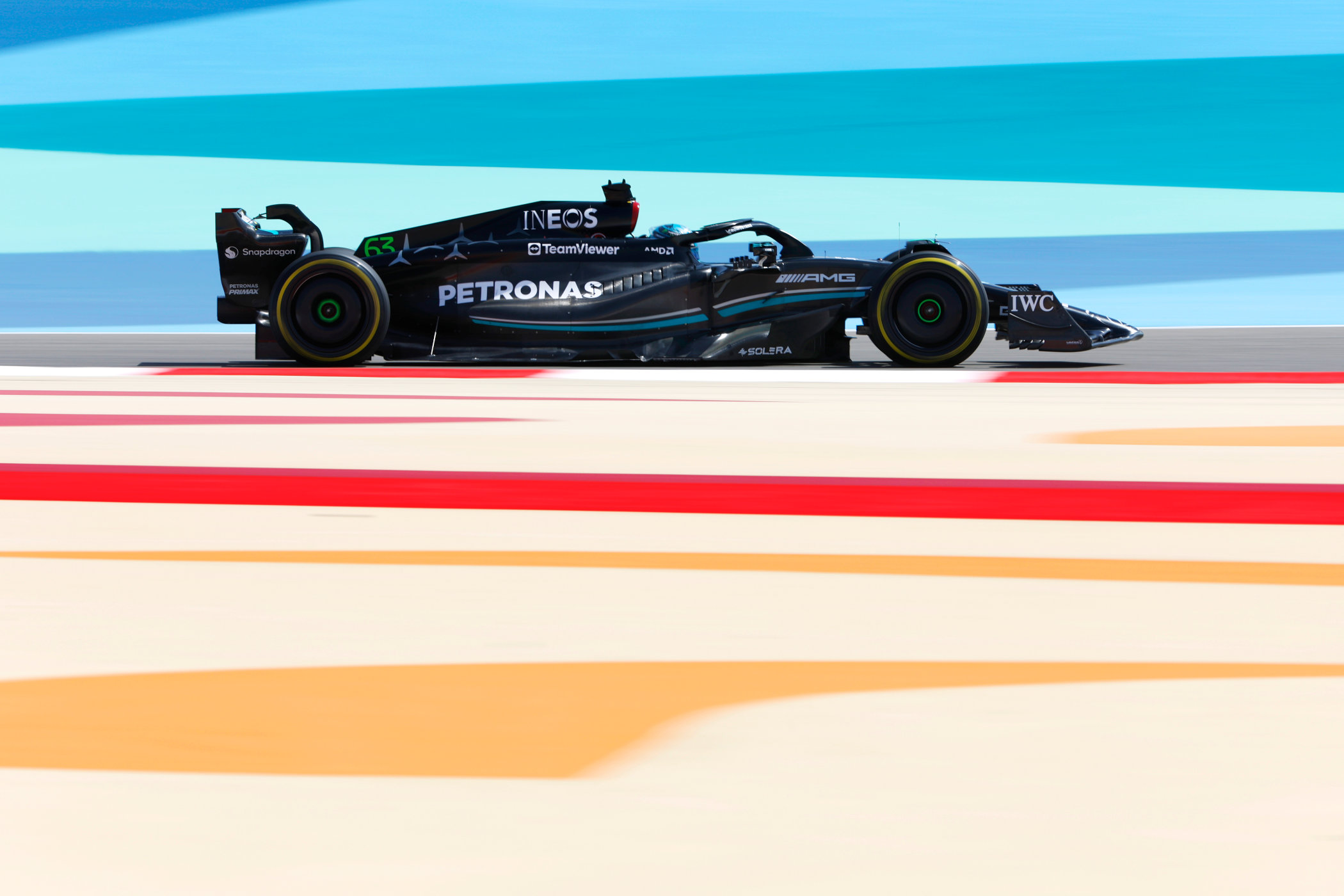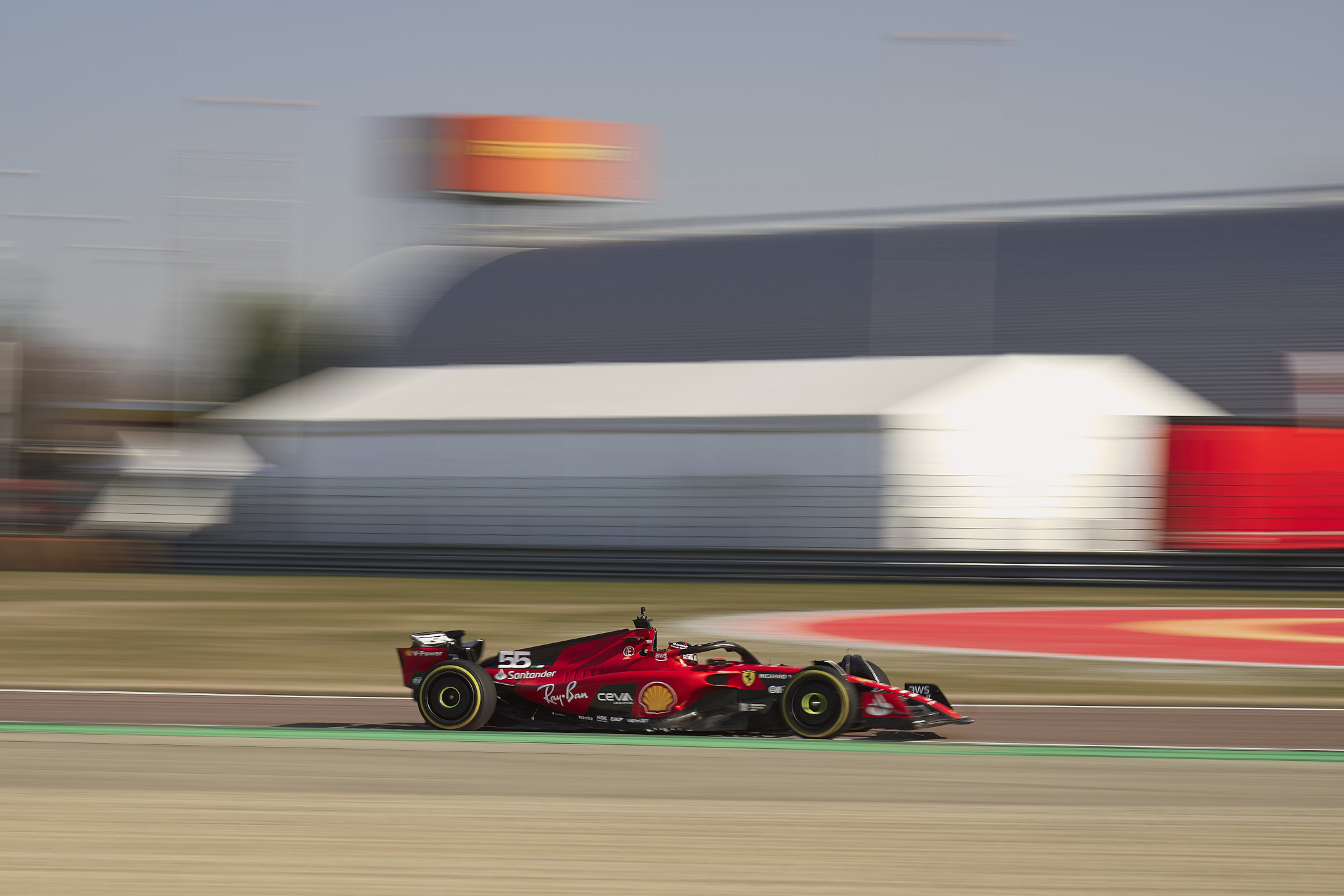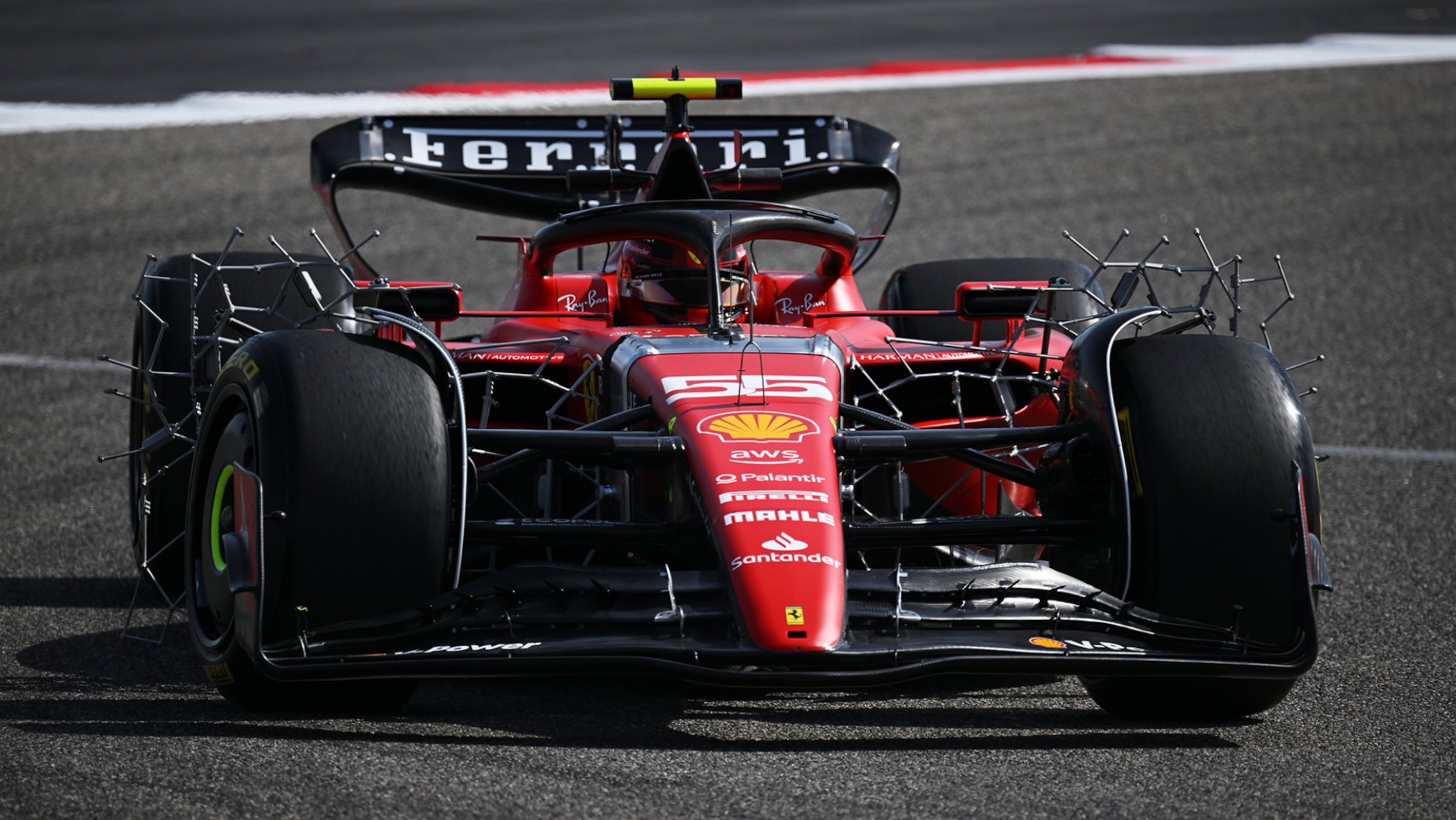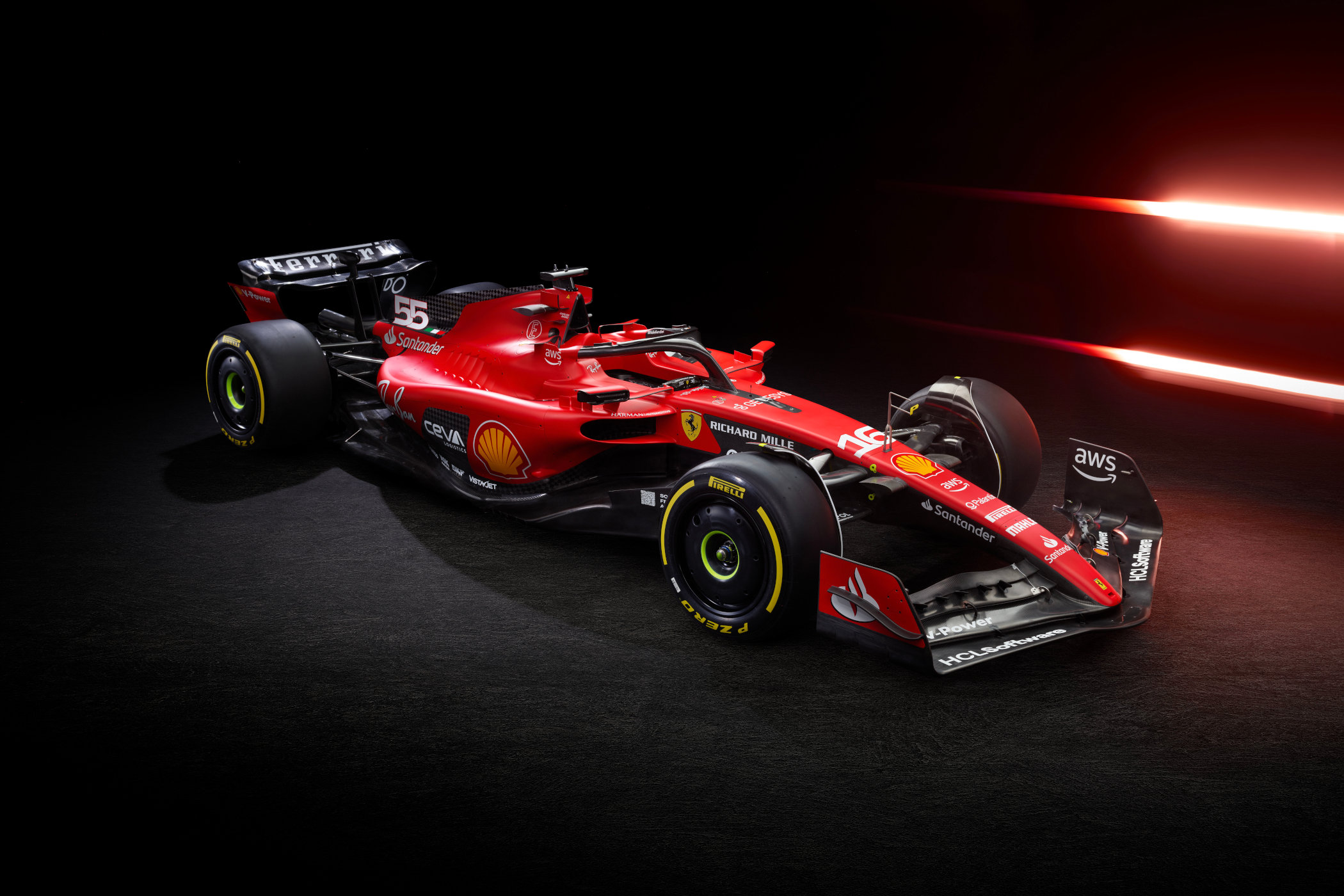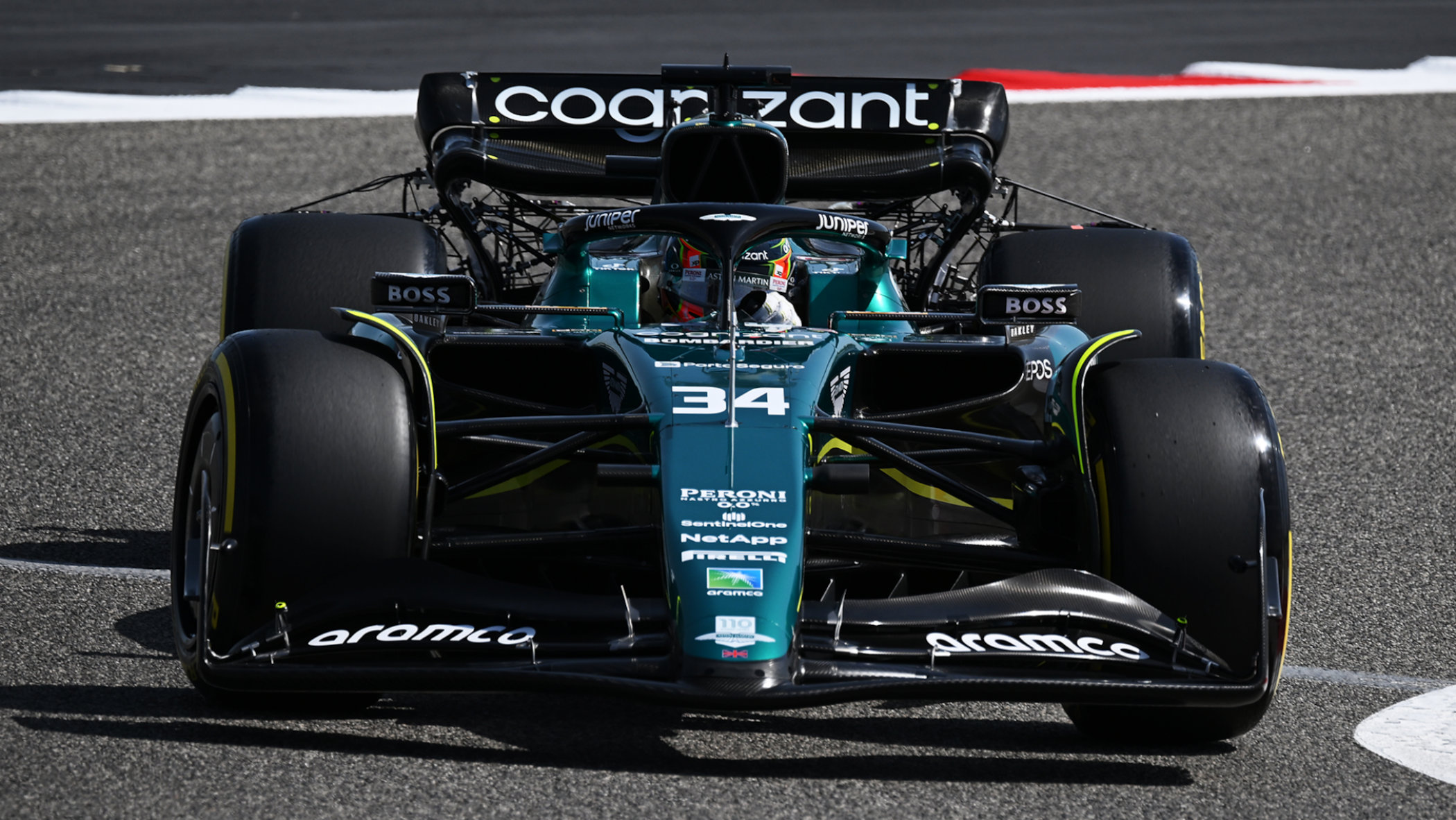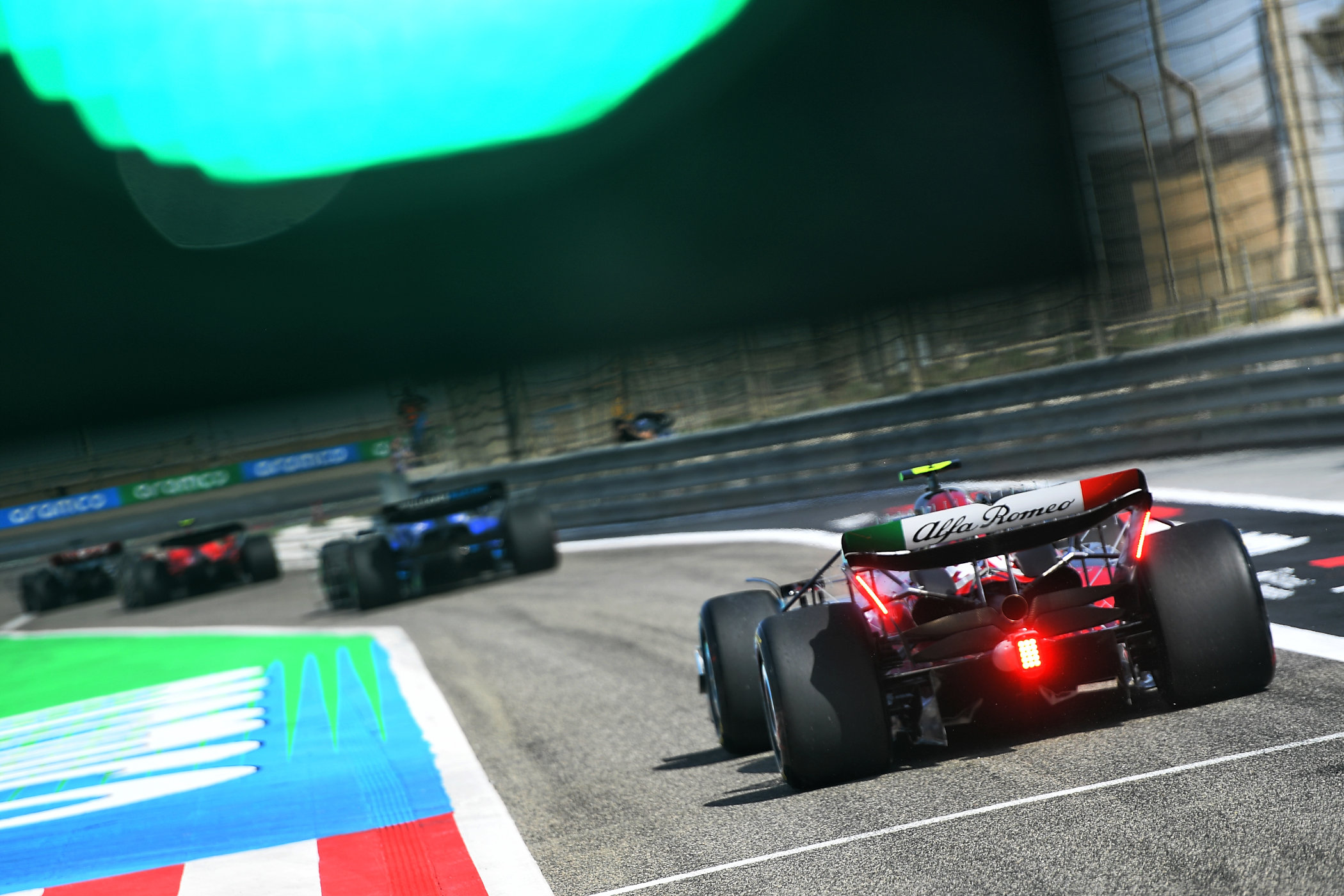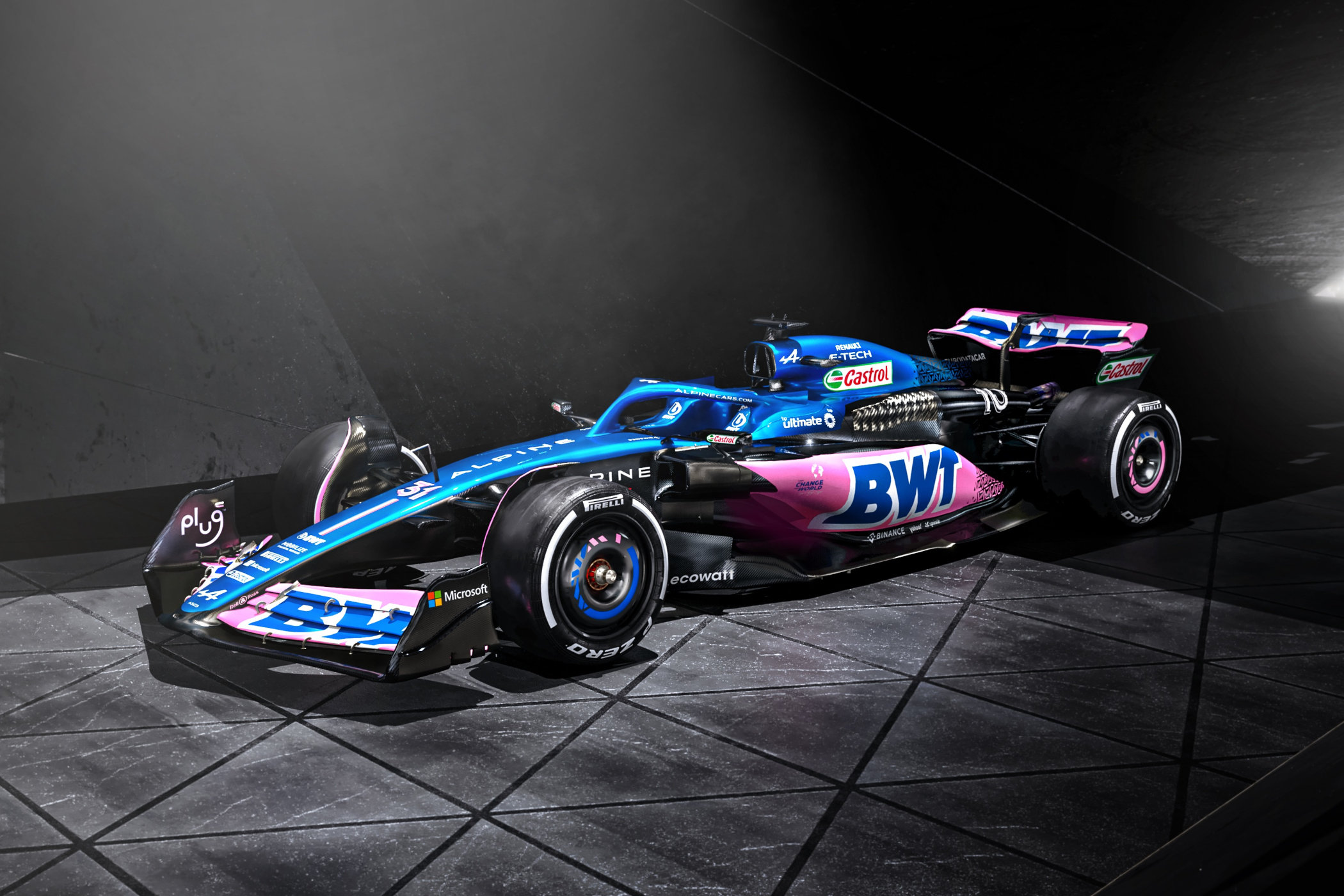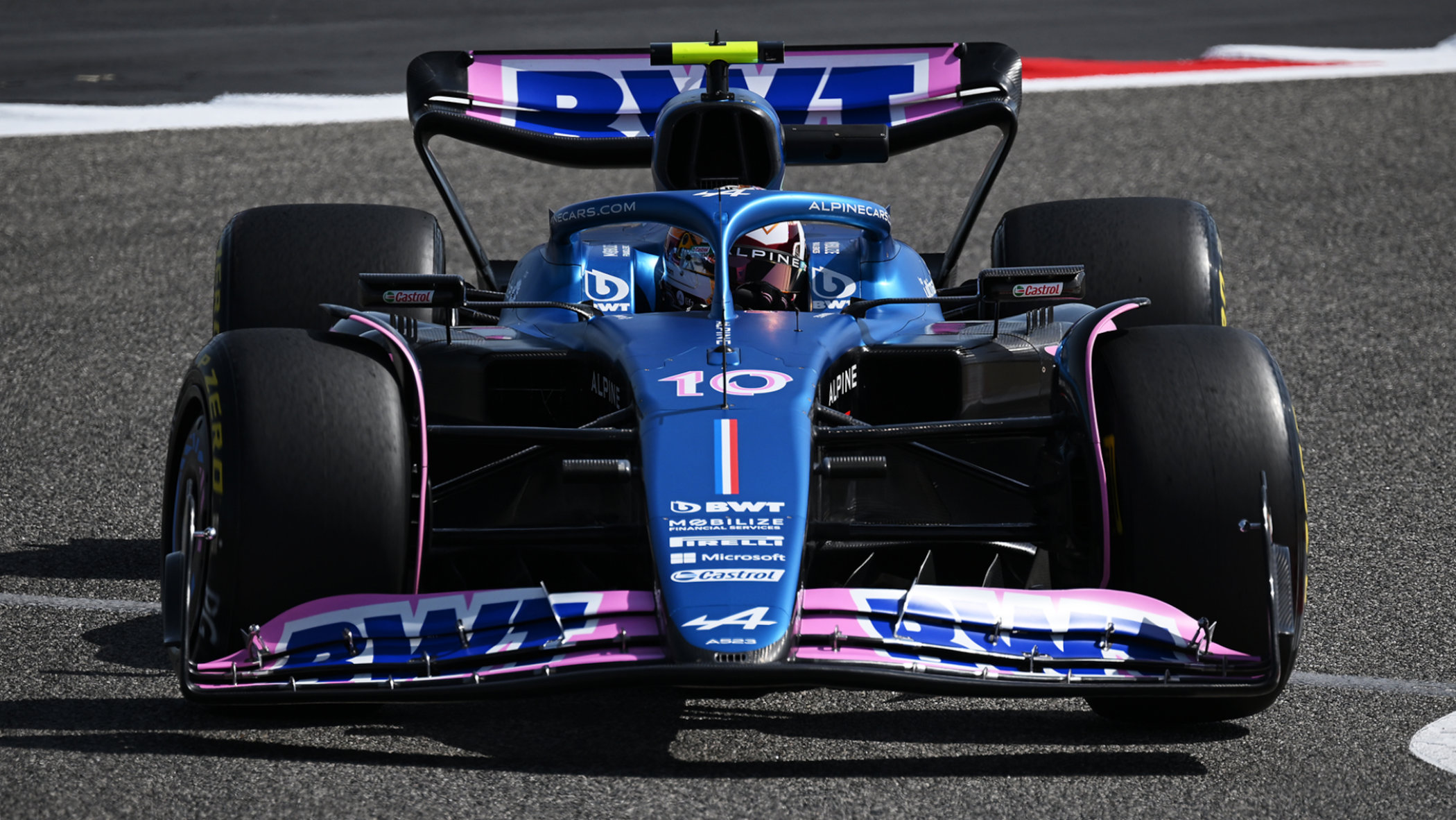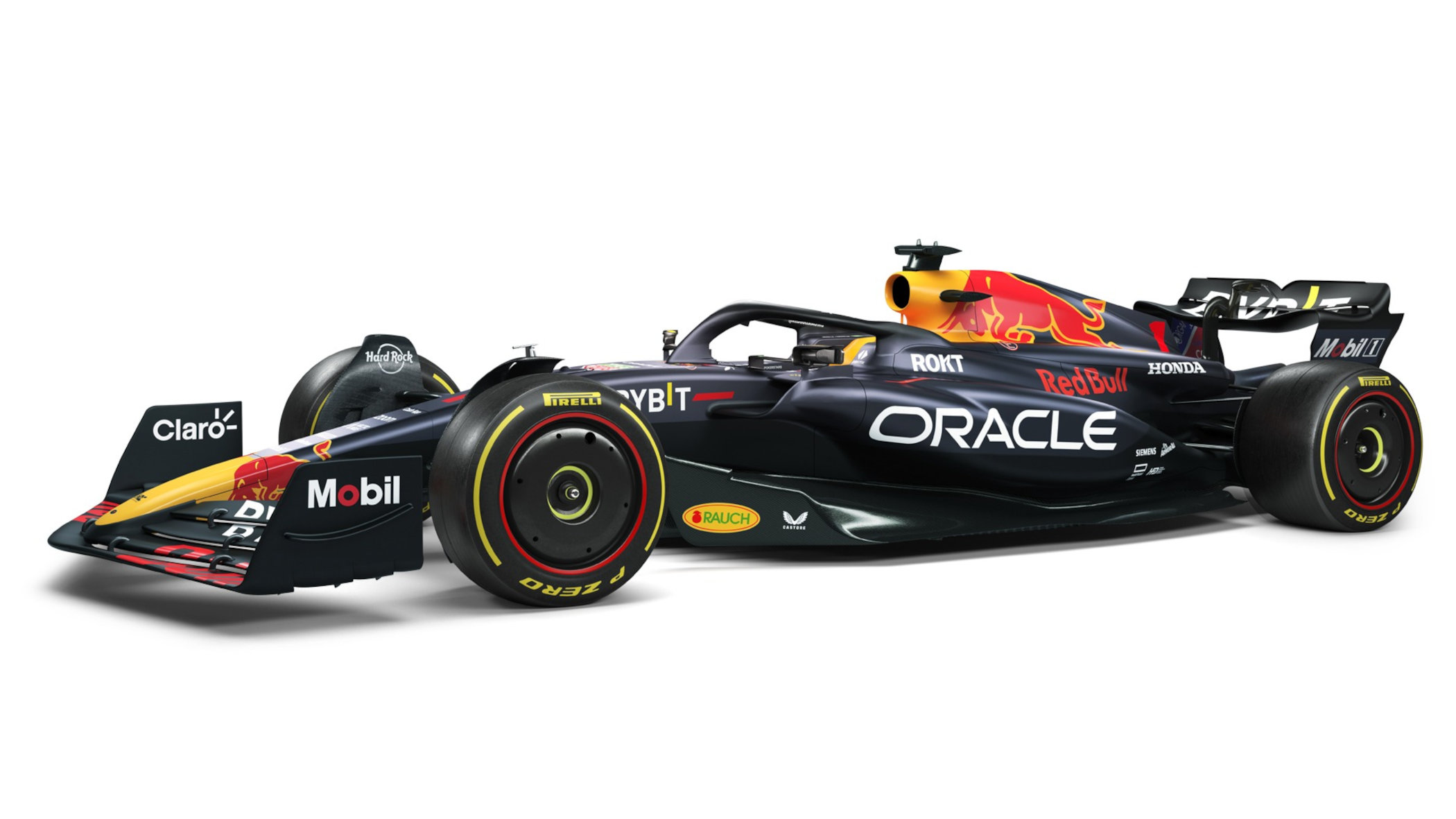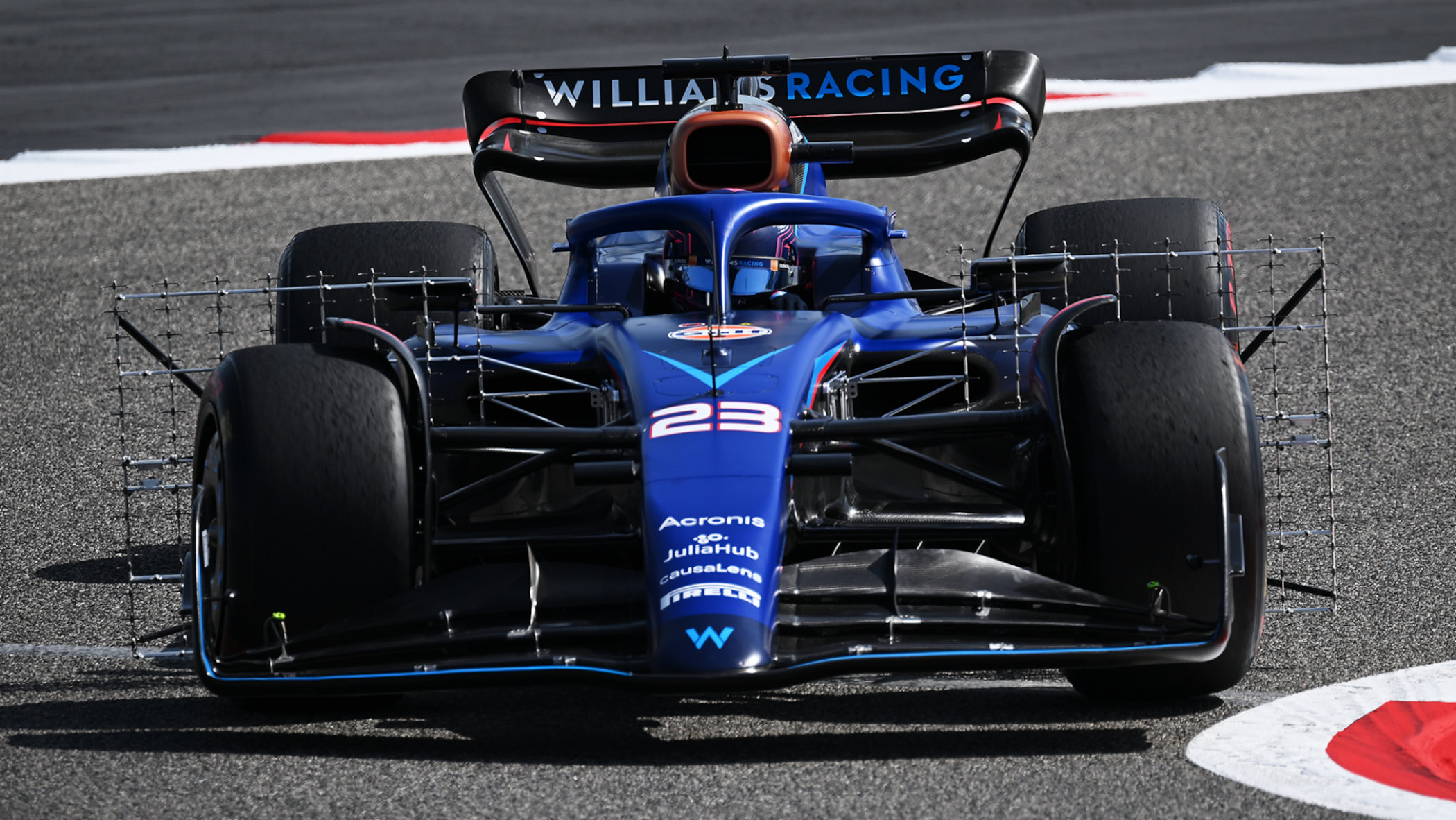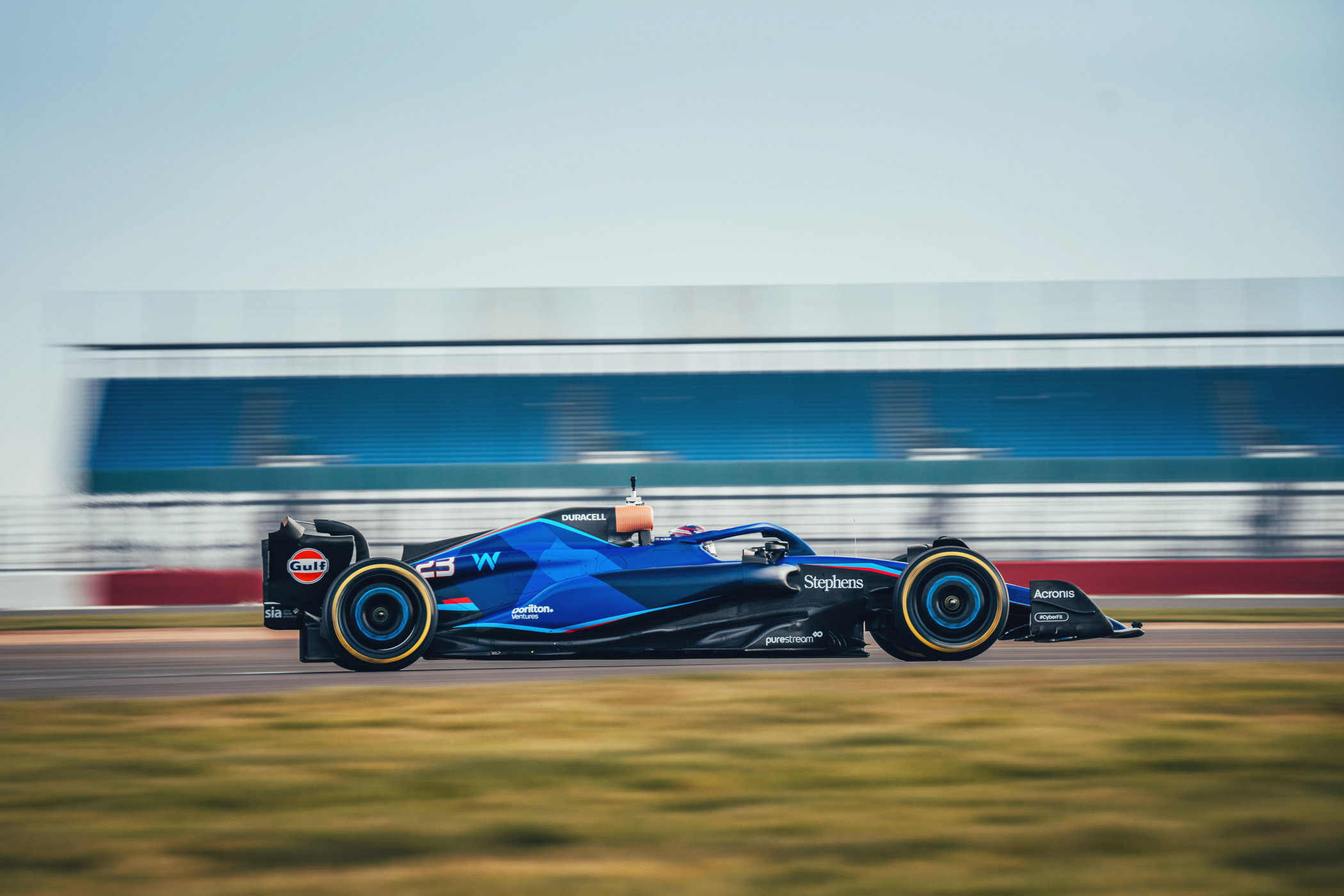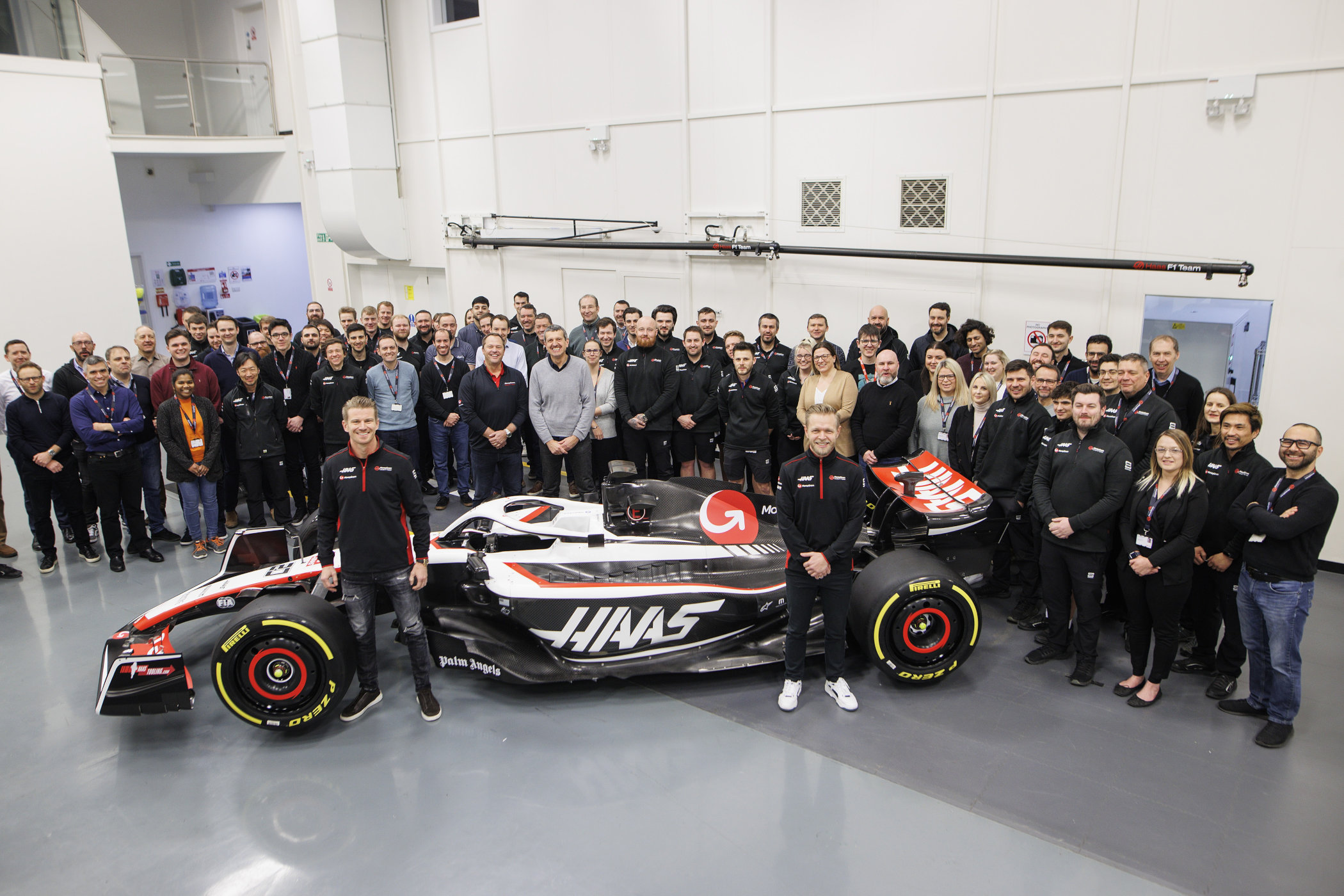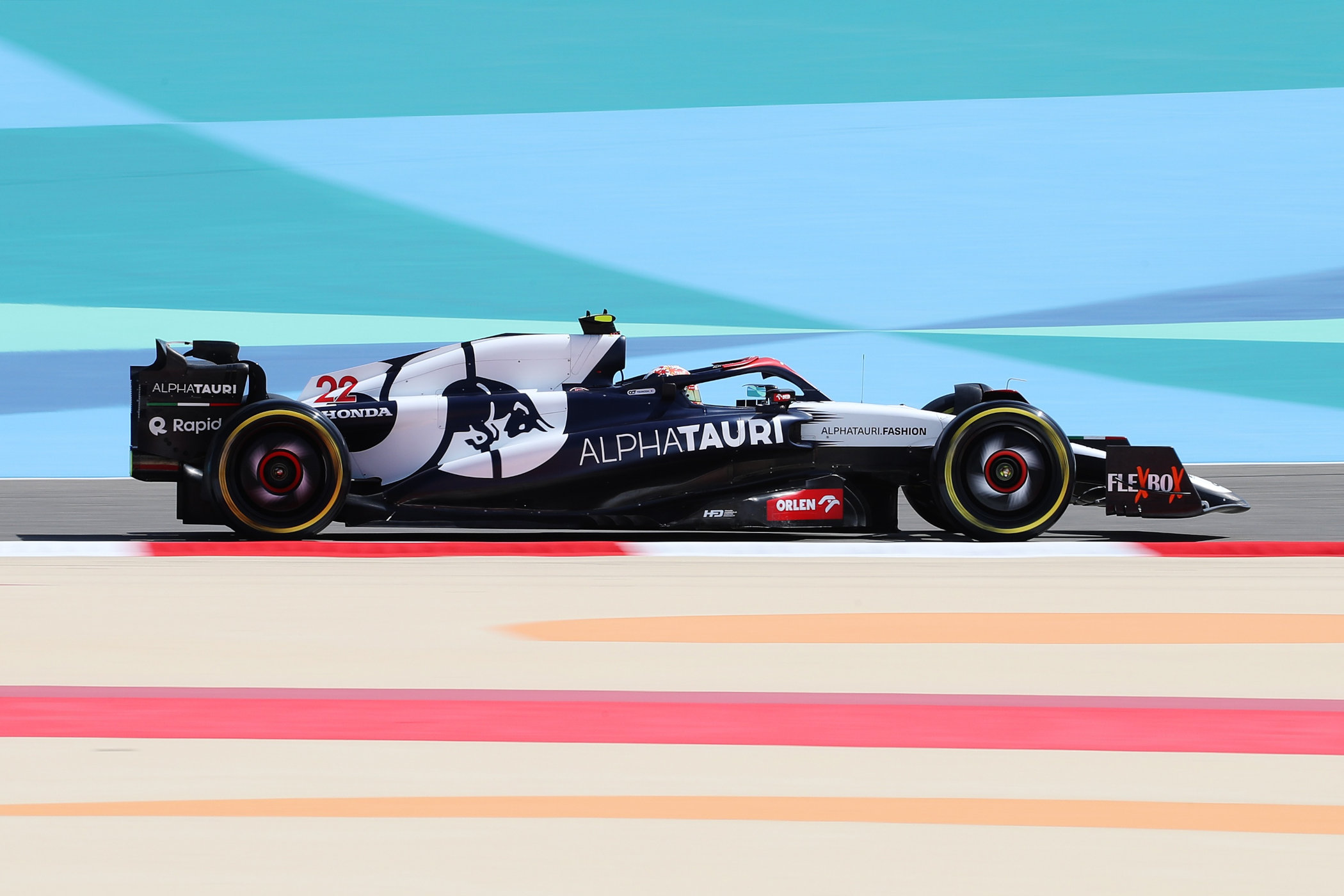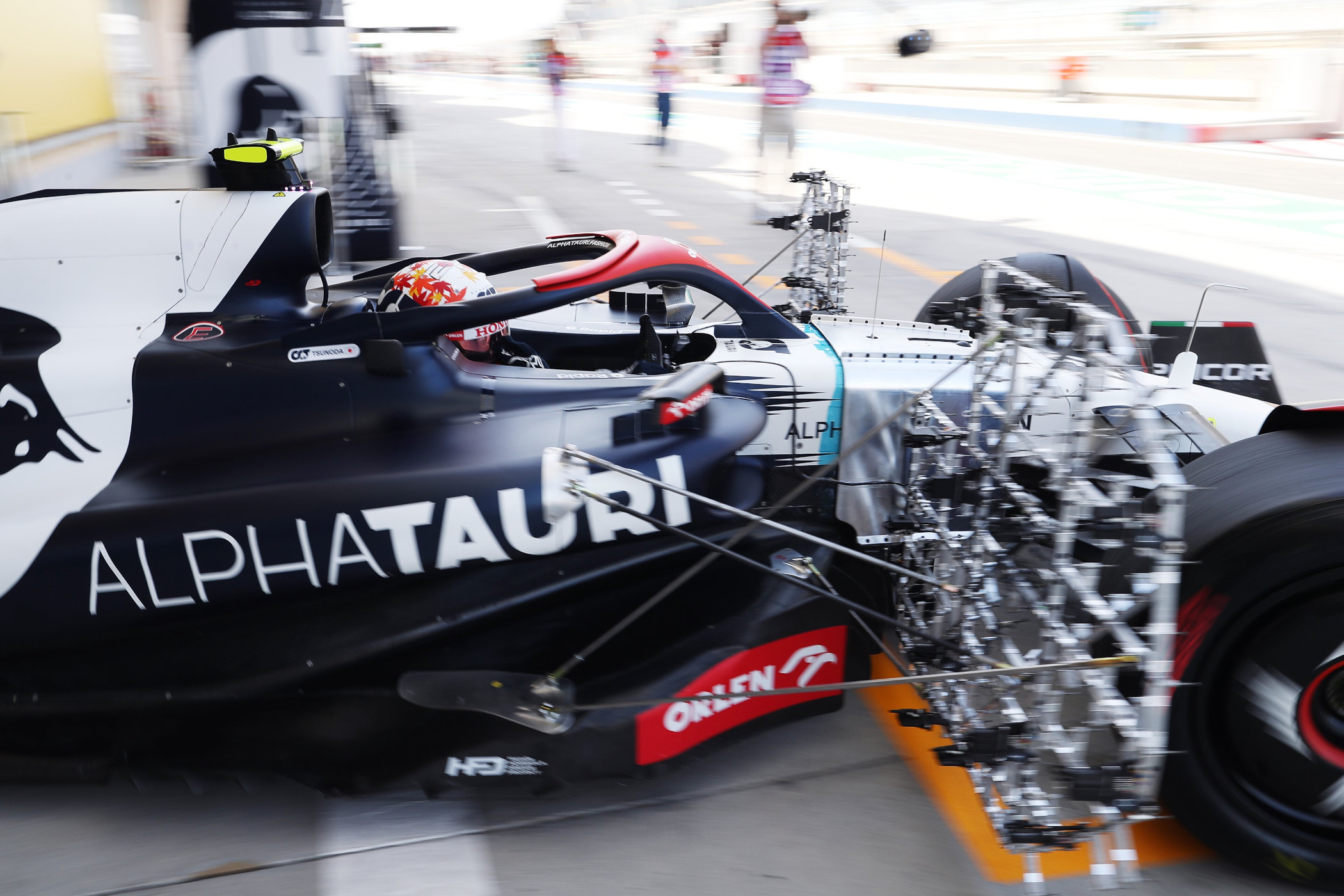A Quick Rundown Of The Upcoming Formula One 2023 Season
New cars, new rules, new drivers and much more to kick off this year's F1 World Championship!
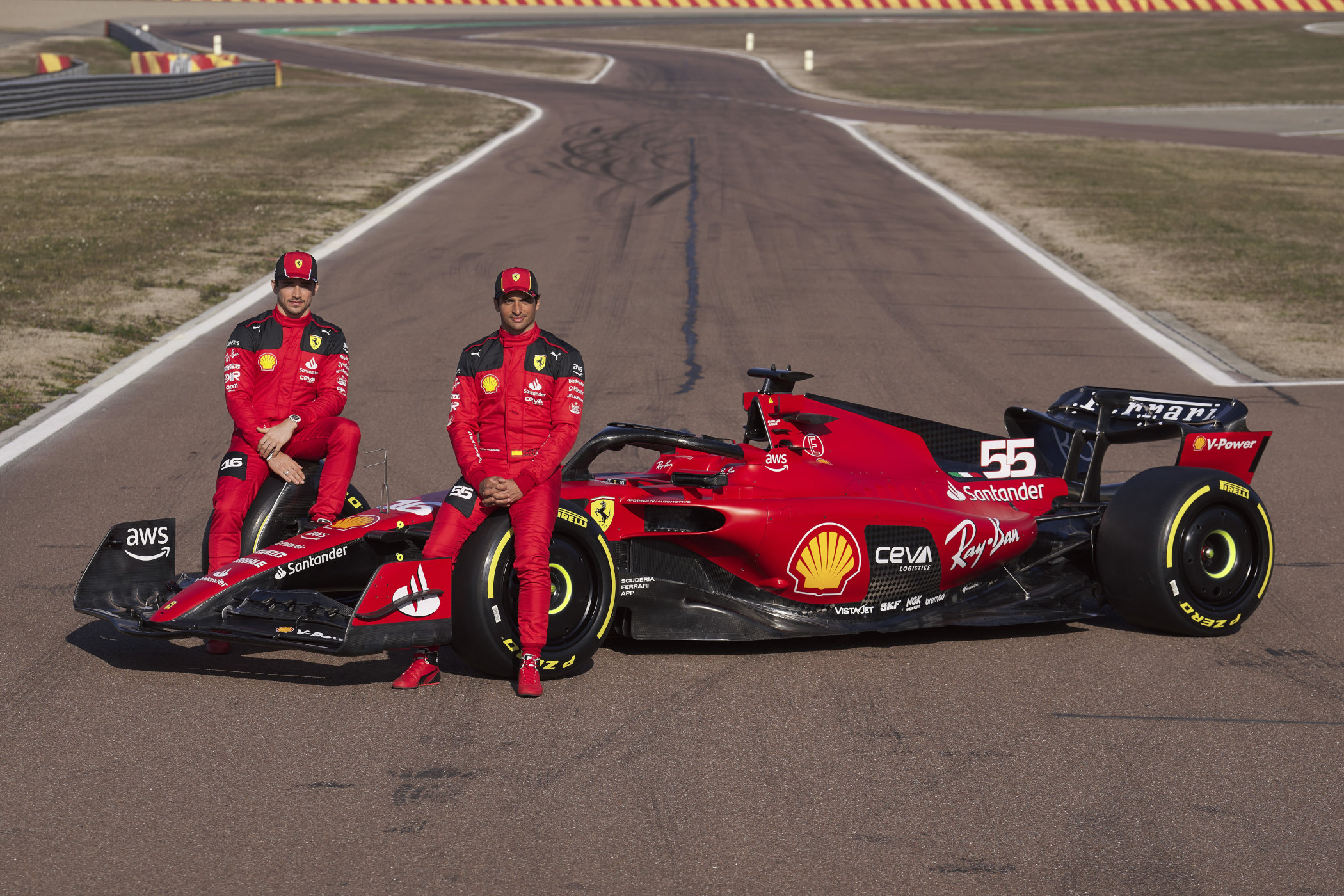
As the new year is well underway by now, we’re gearing up for another season in Formula 1 racing, the highest echelon in motorsports. Will Max Verstappen continue his dominant form to clinch a third consecutive title? Will Ferrari show immense speed again? Can Mercedes bounce back or continue bouncing like last year? That’s all too early to tell, but with the pre-season testing in Bahrain earlier this week, we’re only moments away from lights out for the first Grand Prix of the year. The F1 paddock is once again kicking off the season in Bahrain, after which 22 more races will follow to decide who will be this year’s champions. So with that in mind, here’s a look at some of the important things to know for this year.
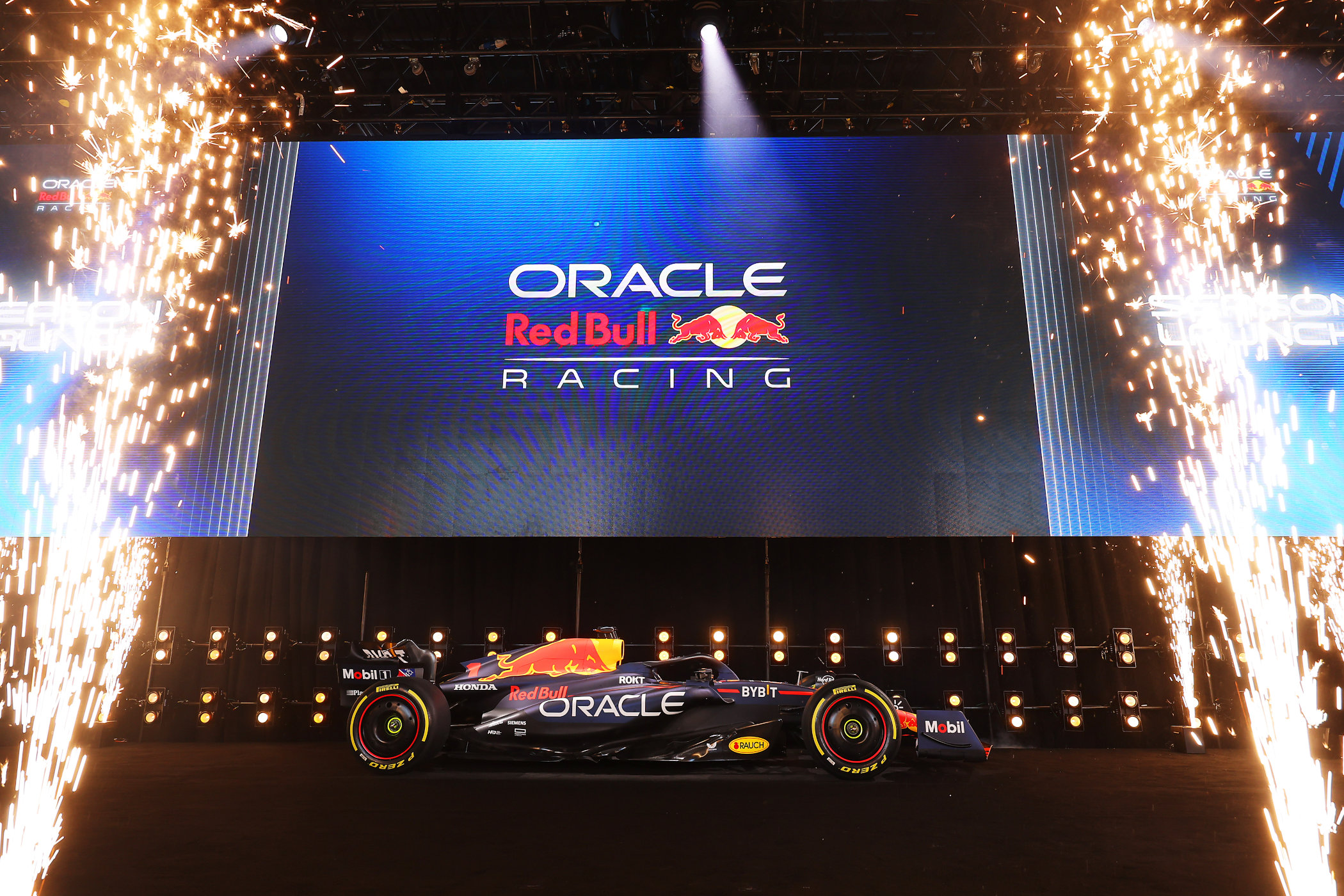
New rules and regulations
The 2022 season of the Formula 1 World Championship was dominated by two things essentially: Max Verstappen and his Red Bull Racing RB18 and ‘Porpoising’. Early in the season, it became clear that most teams were severely struggling with a phenomenon called Porpoising caused by new rules and regulations in terms of aerodynamics and floor construction.
We saw many teams and drivers bouncing along down high-speed sections at multiple circuits during the season. So much so that midway through the season, causing a bit of controversy in the process, the FIA changed the rules and allowed for adjustments to counteract the severe bouncing. This year, the FIA has implemented another set of new rules to reduce it even further. Floor edges are raised, the diffuser is changed, a monitoring sensor is now mandatory, and deflection tests are more strict.
Furthermore, we have changes to the design of the Halo (the roll hoop), the mirrors, weight and fuel temperatures, front wing design and construction. Other than that, the cars are a continuation of last year’s regulations. On the racing side, things have also changed a bit. We have more sprint race weekends (now six instead of three), changes in the points system when races are finished under red flags (Japan 2022 was the cause of that), stricter controls over political gestures (which I find ridiculous, but ok) and one of the most important things, a budget-cap decrease to 135 million USD for each team.
The 2023 calendar
Now that the boring stuff is out of the way, let’s focus on this year’s calendar. As said, we start in Bahrain on the 5th of March. Then comes Saudi Arabia, Australia, Azerbaijan and a return to Miami. Imola (or Emilia Romagna) is also back on the calendar, followed by Monaco and Spain, before crossing the Atlantic to Canada. Then back to Europe for six races in Austria, the United Kingdom, Hungary, Belgium, the Netherlands and Italy. Races 16 and 17 are held in Singapore and Japan before we return to Qatar (not on the calendar last year). Then comes the US, Mexico and Brazil before Las Vegas makes its grand debut. We finish the season with race no. 23, which takes place in Abu Dhabi on the 26th of November.
Three new drivers
This year will see three new drivers line up on the grid after some shakeups in last year’s contract-signing season. Red Bull has stayed with Max Verstappen and Sergio Perez, Ferrari has Charles Leclerc and Carlos Sainz to do the honours, and George Russel and Lewis Hamilton will pilot the Mercedes car. Alfa Romeo has retained the services of Zhou Guanyo and Valtteri Bottas. It all started when Fernando Alonso announced he would leave Alpine and move to Aston Martin following Sebastien Vettel’s retirement. Alonso will be replaced by Pierre Gasly, who will join Esteban Ocon for an all-French line-up. The team of Haas sees the return of Super-Sub Nico Hülkenberg alongside Kevin Magnussen. So far, all familiar names.
The field will be completed by three rookies: Nyck de Vries, Logan Sargeant and Oscar Piastri. Dutchman De Vries is already a point-scorer in Formula 1, as he replaced Alexander Albon for the Italian Grand Prix last year and finished a very impressive P9. This year he has a full-time seat at Alpha Tauri, filling the gap Pierre Gasly left alongside Yuki Tsunoda. American-born racer Logan Sargeant, Rookie of the Year and P4 in the 2022 season of Formula 2, will race for Williams, replacing Nicholas Latifi (Alex Albon remains under contract). Lastly, Oscar Piastri makes his Formula 1 debut behind the wheel of McLaren, who let go of Daniel Ricciardo (now development driver for Red Bull) and have retained Lando Norris.
The cars
As always, in the final few weeks leading up to the testing days in Bahrain and the season-opening race at the same venue, the teams present their new cars for the very first time. It has become common practice to not show all your cards just yet during these press presentations and hold a few close to your chest. We’ve seen teams take a slower pace during test sessions than their car is actually capable of, only to surprise the opposition in the first race weekend.
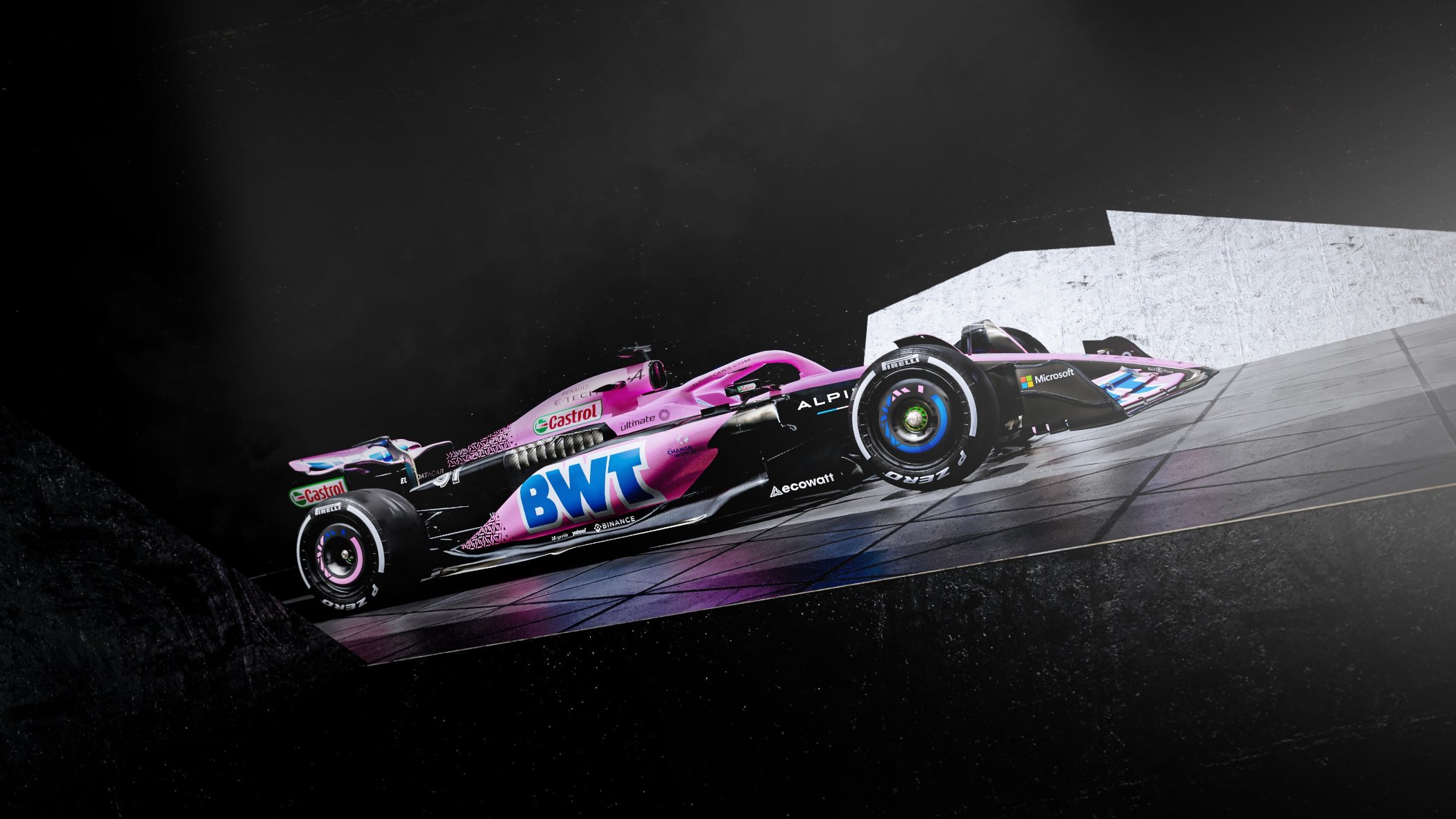
When looking at all the new cars, what stands out is the fact Mercedes that have gone for an all-black livery again and have stuck to the unusually shaped side-pods introduced last year. Red Bull also showed a very similar car to last year, but when hitting the track for the first test session showed a redesigned side-pod and floor, causing some eyebrows to be raised. Ferrari has a new front-wing design (and a flexing nosecone, apparently). The new McLaren car seems to be inspired by the outgoing Red Bull RB18 from last year, which is quite surprising.
Alpine’s new car is an evolution of last year’s entry and is looking to continue its strong performance this year. Aston Martin hopes to bounce back a little with what’s rumoured to be a massively fast car. Alfa Romeo also says they continued the path set by last year’s car, which proved a rather strong mid-field contender for the majority of the season. Haas aims to improve their string of seasons in which it struggles. Alpha Tauri did not want to copy last year’s Red Bull too much and we have to see whether that pays off or not. And lastly, Williams has taken on James Vowles (ex-Mercedes F1) as the new team boss and hopes not to be in last place again this year.
If you take a closer look at most of the new liveries, it becomes apparent there are a lot more exposed carbon fibre bits and pieces. This is partly due to the fact teams like to tweak their designs from year to year (some more drastically than others) but also due to the weight-saving effect. Formula 1 has always been a game about saving weight to improve efficiency. Less weight to push forward means lower stresses on the engine, which in turn means greater speeds. That’s the basic idea.
This year though, the weight saving has gone to the extreme, with multiple teams opting for bare carbon fibre to save weight on paint. Teams already had a tough time getting cars down to the weight limit last year, and that struggle continues this year as well. Considering a full paint job on an F1 car can add up to 6 kilos in weight, it makes sense to cut down on the amount of paint wherever possible. It’s also a countermeasure against the added weight from the new tyres and new electronic sensors, sanctioned by the FIA.
I just hope this will be another on-the-edge-of-your-seat season with amazing racing and on-track battles between old rivals, as well as new talent emerging. And If the last two seasons are any indication of how things will go down, we’re in for another wild ride! So onwards, to lights out at Bahrain on the 5th of March we go!
For more information, please visit Formula1.com, FIA.com or any of the team websites:
- RedBullRacing.com
- Ferrari.com
- MercedesAMGF1.com
- McLaren.com
- Alpine-Cars.co.uk
- Scuderia-AlphaTauri.com
- Sauber-Group.com (Alfa Romeo)
- AstonMartinF1.com
- WilliamsF1.com
- HaasF1Team,.com
Editorial Note: The images portrayed are sourced from Formula1.com, a selection of the teams (see above for links) and F1-Fansite.com.

